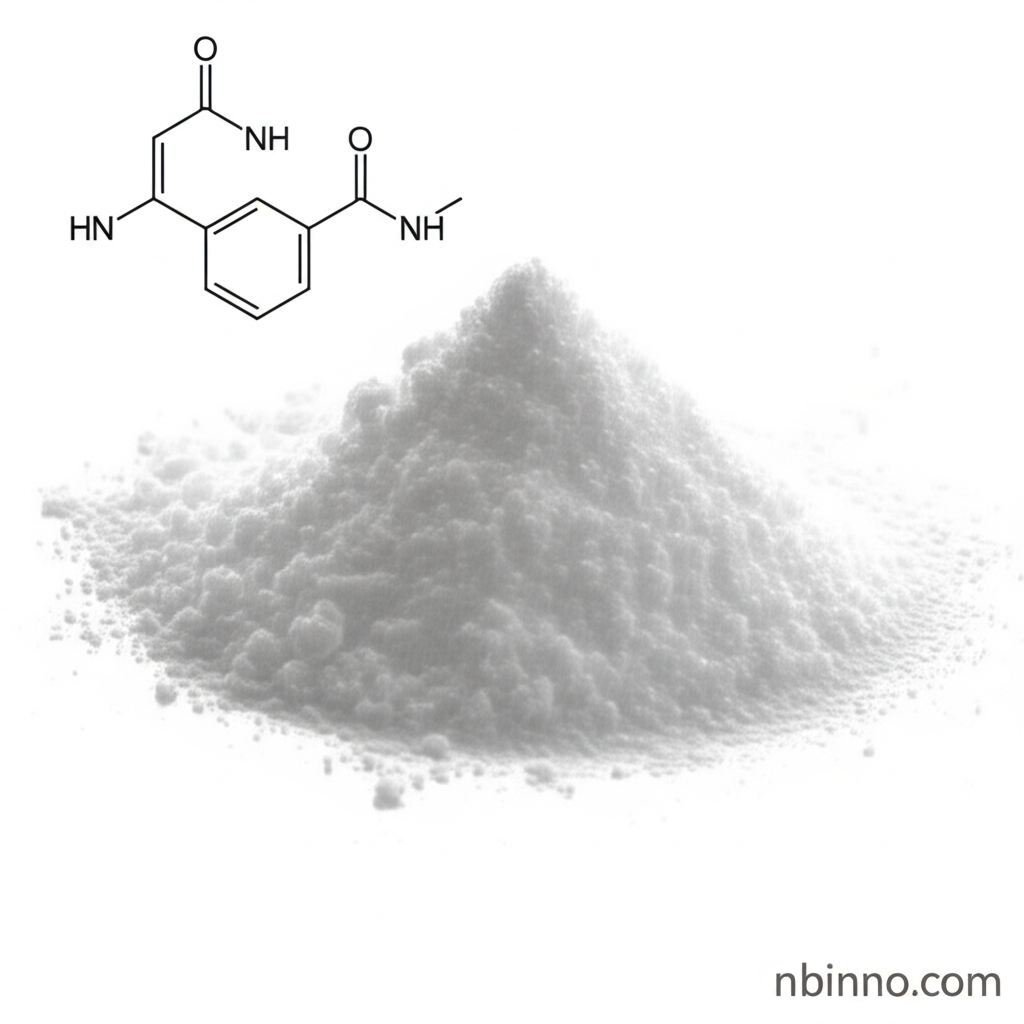4-(Trifluoromethyl)benzene-1-sulfonyl Chloride: Properties, Applications, and Synthesis in Electronic Chemicals
A key component in advanced chemical synthesis and electronic materials, offering unique reactivity and performance.
Get a Quote & SampleProduct Core Value

4-(Trifluoromethyl)benzene-1-sulfonyl chloride
This compound is a vital building block in the field of electronic chemicals, especially for photoresist applications. Its unique structure, featuring a trifluoromethyl group and a sulfonyl chloride moiety, imparts significant reactivity and versatility for various synthetic pathways.
- The synthesis of sulfonamides is a key application for this compound, providing essential intermediates for pharmaceutical research and development.
- Its role in materials science involves the functionalization of polymers, enhancing properties like hydrophilicity for advanced applications.
- Research indicates potential biological activities, including antibacterial properties, making it a subject of interest in medicinal chemistry.
- The compound's moisture-sensitive and corrosive nature necessitates careful handling and storage protocols to maintain its integrity and ensure safety.
Advantages Offered
Enhanced Reactivity
The trifluoromethyl group significantly boosts the electrophilicity of the sulfonyl chloride, leading to more efficient reactions in nucleophilic substitutions.
Versatile Synthetic Applications
Its utility spans organic synthesis, enabling the creation of complex molecules and serving as a precursor for a wide range of fine chemicals.
Material Science Innovations
The ability to functionalize polymers opens avenues for developing novel materials with tailored properties for specific industrial needs.
Key Applications
Photoresist Chemicals
Crucial in the formulation of photoresists, essential for microelectronics manufacturing and lithography processes.
Organic Synthesis
Acts as a key reagent for introducing sulfonyl groups, facilitating the synthesis of complex organic molecules, including pharmaceutical intermediates.
Materials Science
Used for surface modification of polymers, enhancing properties relevant to drug delivery systems and biosensors.
Research & Development
Explored for potential antibacterial and anticancer activities, contributing to the development of new therapeutic agents.
